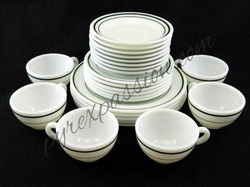 Emerald Band (Green) Restaurantware (1953-1978).
Emerald Band (Green) Restaurantware (1953-1978). Model numbers for restaurantware typically utilized the 700-series numbering system:
| 100 – Stacking Cup, 7 oz 101 – Stacking Saucer, 5 ½” 700 –Individual Casserole, 10 oz 701 – Cup, 7 oz. 702 – Saucer, 5 7/8” 703 – Dinner Plate, 9” 704 – Bread & Butter Plate, 6 ¾” 705 – Bowl, 15 oz, 5 ¾” 706 – Saucedish, 5 oz, 4 ¾” 707 – Fruit/Cereal Bowl, 8 oz, 6 ½” 708 – Bowl, 10 oz, 4 7/8” 709 – Mug, 7 oz 711 – Salad/Dessert Plate, 7 ¼” 712 – Dinner Plate, 9 3/8” 713 – Bread & Butter Plate, 5 ½” 714 – Sugar/Bouillon/Egg Cup, 7 oz 715 – Rim Soup Bowl, 14 oz, 9” Lightweight Shapes 350 – 10” Plate 352 – 8 oz Cup 353 – 6 ¼” Saucer 354 – 6 ¾” Plate 356 – 5 ½” Saucedish, 7 oz | 716 – Salad Bowl, 32 oz, 8 ¾” 718 – Can Cup, 7 oz 719 – Luncheon Plate, 8” 720 – Bread & Butter Plate, 6 ¾” 721 – Tall Cup, 7 oz 722 – Creamer, 6 oz 723 – Tall Drinking Cup, 10 oz 770 – Small Footed Bowl 790 – Salad Bowl, 16 oz, 7 ½” 791 – 3-Compartment Plate, 9 ½” 793 – Oval Platter, 11 ½” 794 – Platter, 9 ½” 795 – Dinner Plate, 10 ½” 796 – Saucer (stacking), 5 7/8” 797 – Narrow Rim Dinner Plate, 9” 798 – Narrow Rim Dinner Plate, 9 3/8” 799 – Narrow Rim Oval Platter, 12 ½” 362 – 9 3/8” Plate 363 – 7 ¼” Plate 364 – 5 ½” Plate 365 – 9” Plate |
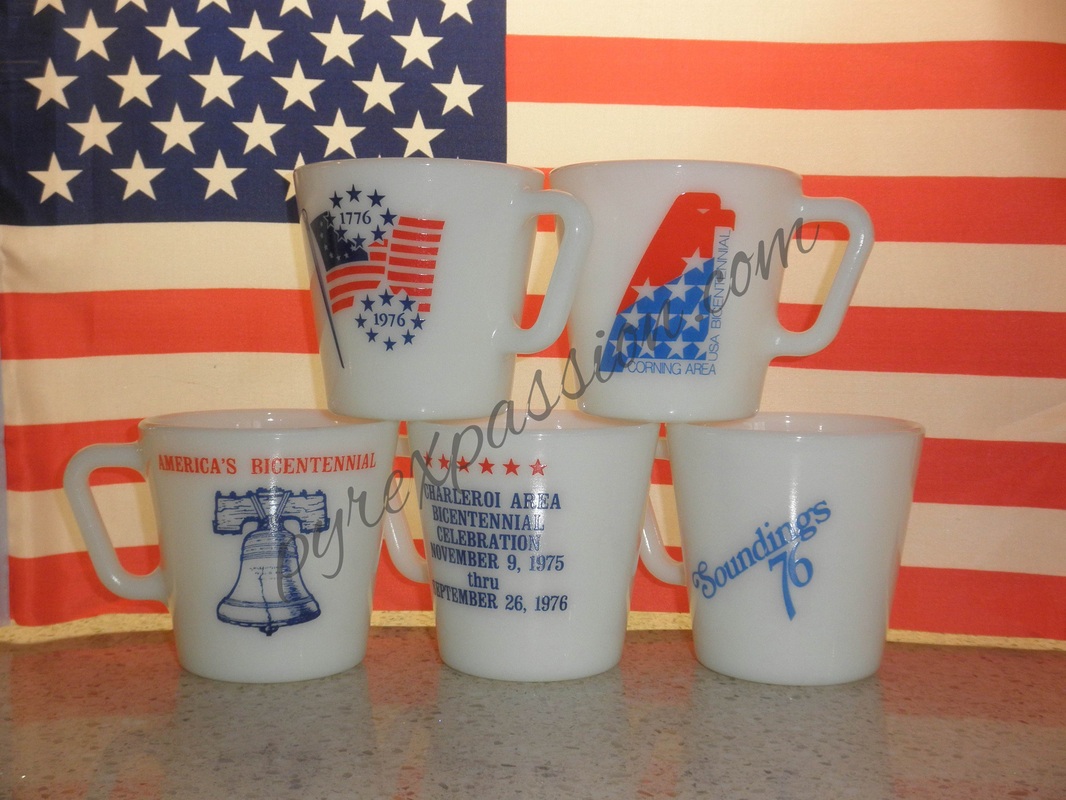
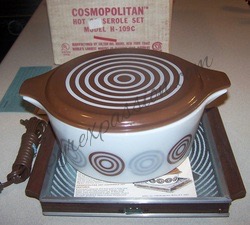
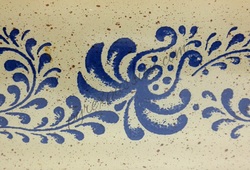
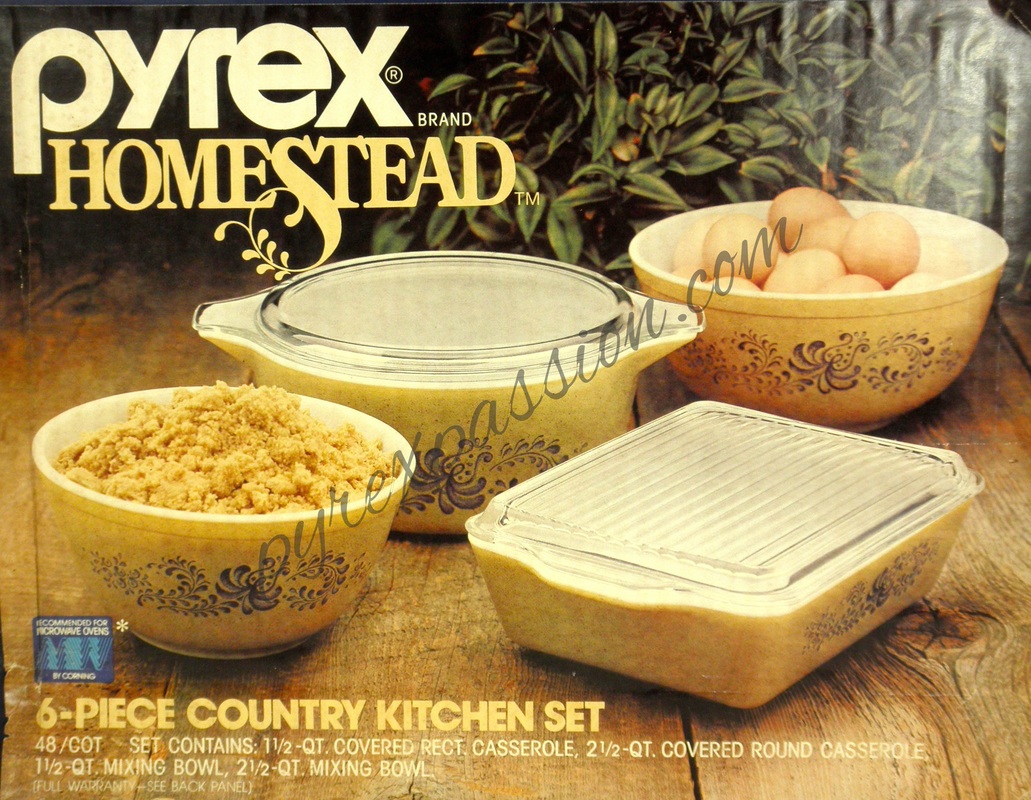
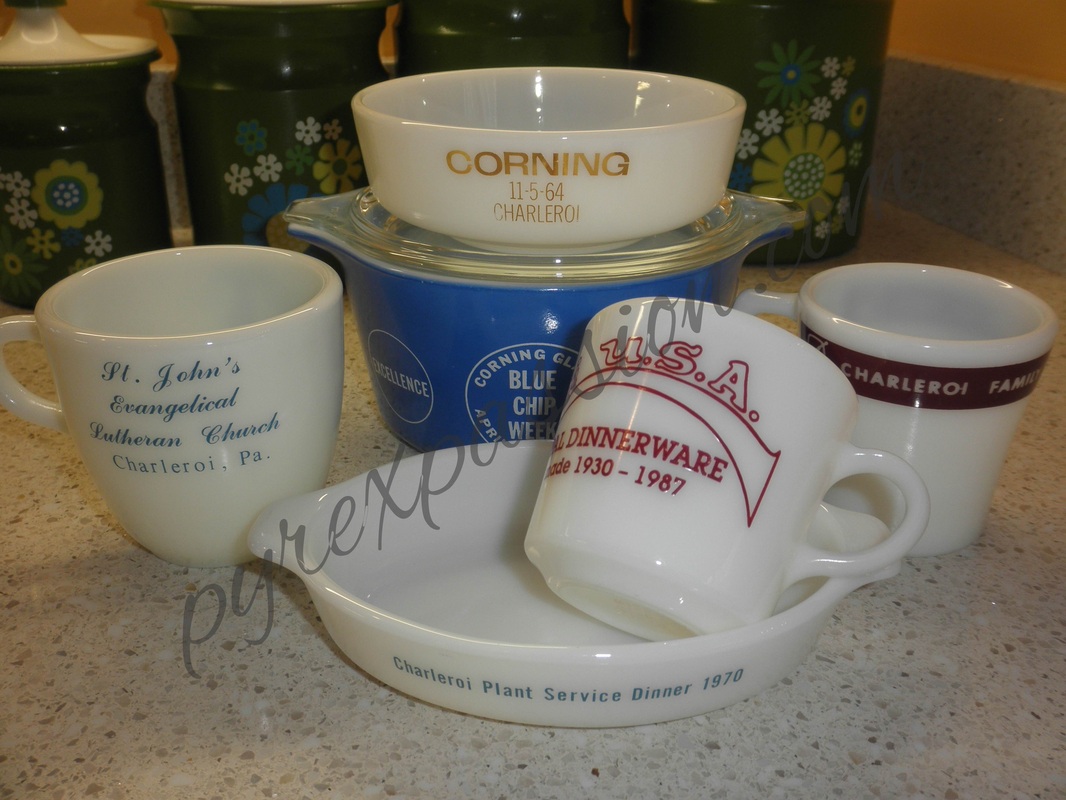
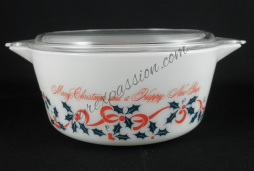
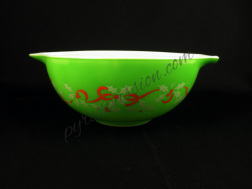
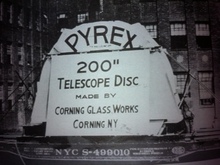
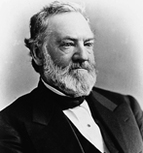
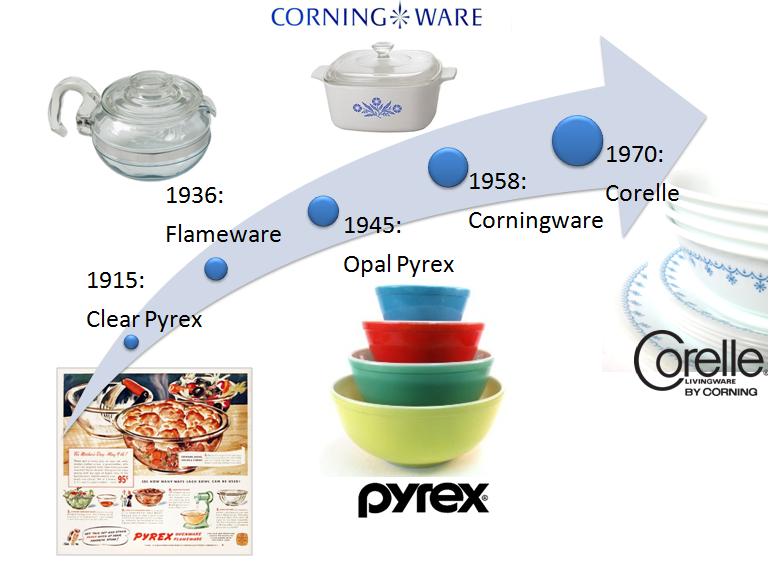
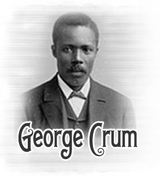

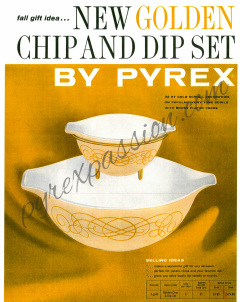
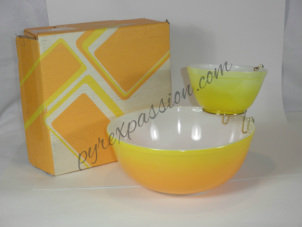
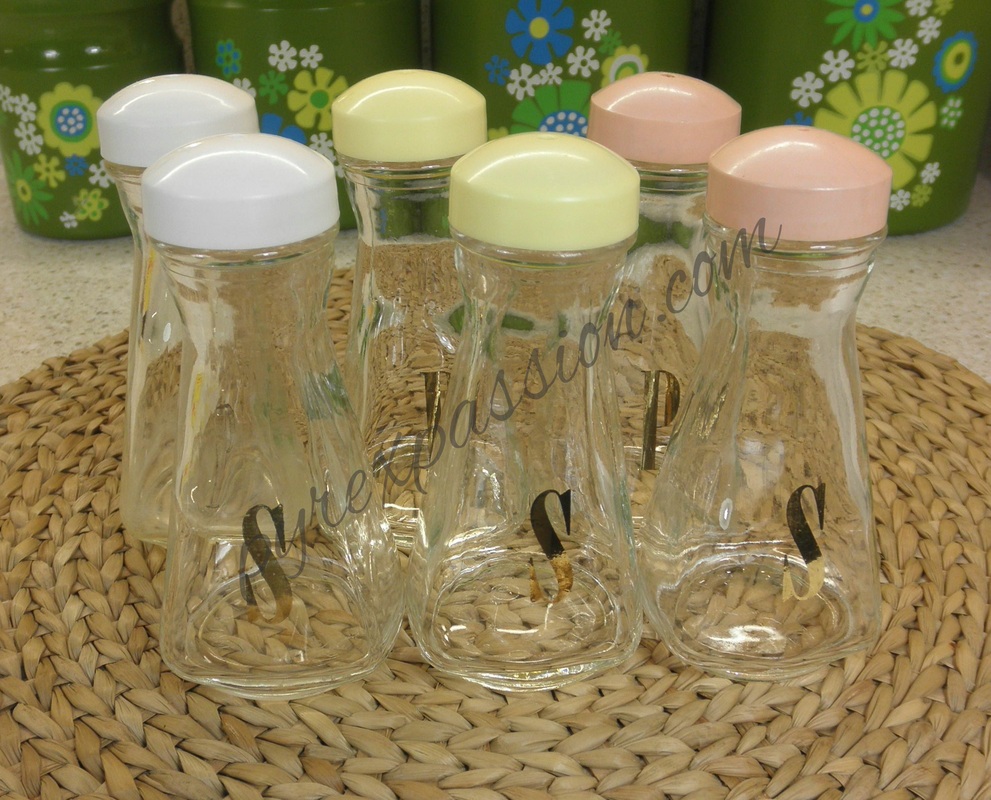
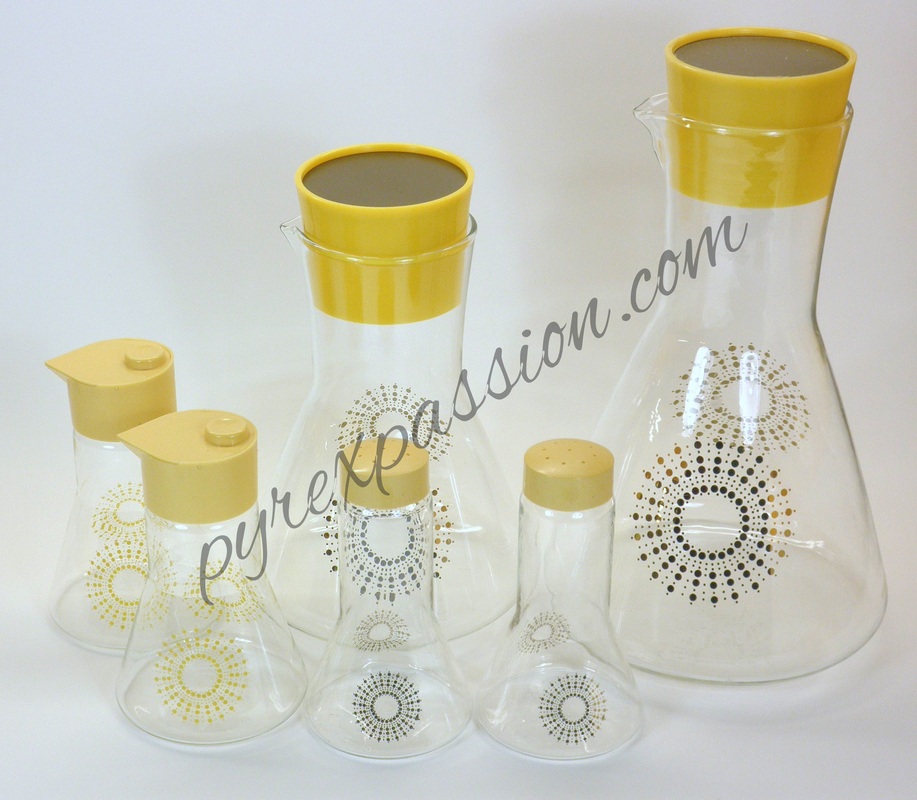
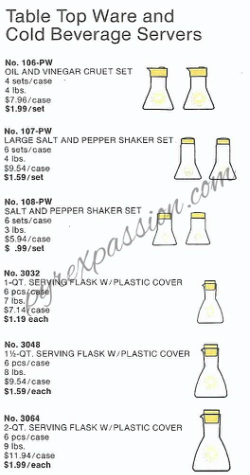
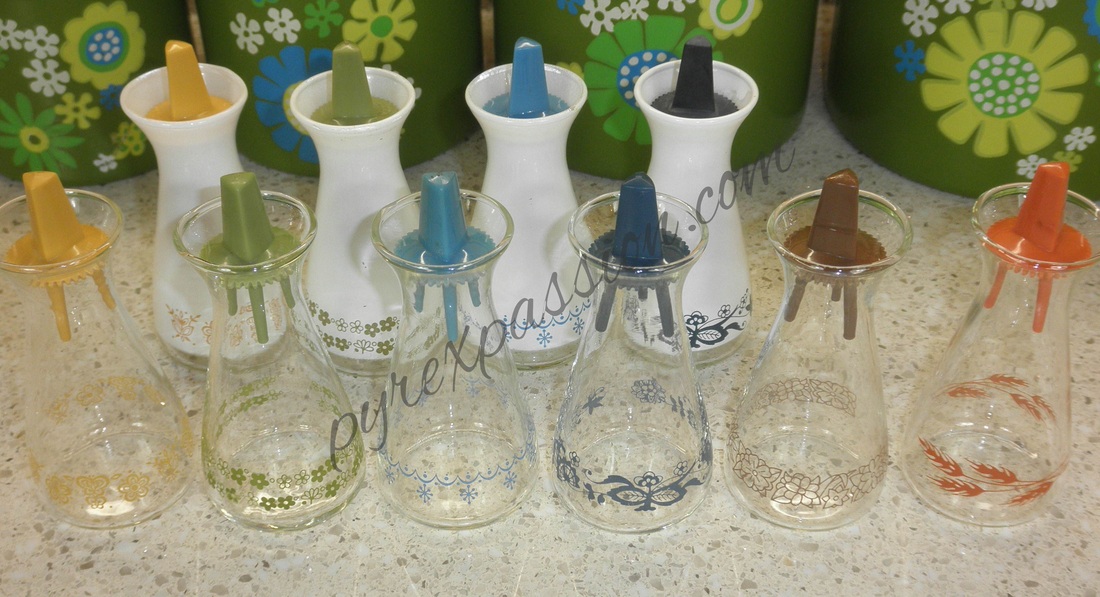
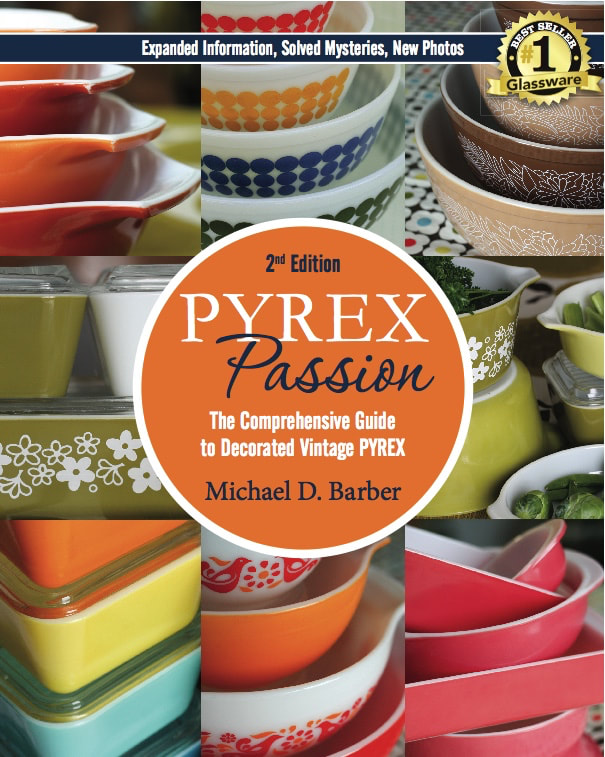
 RSS Feed
RSS Feed